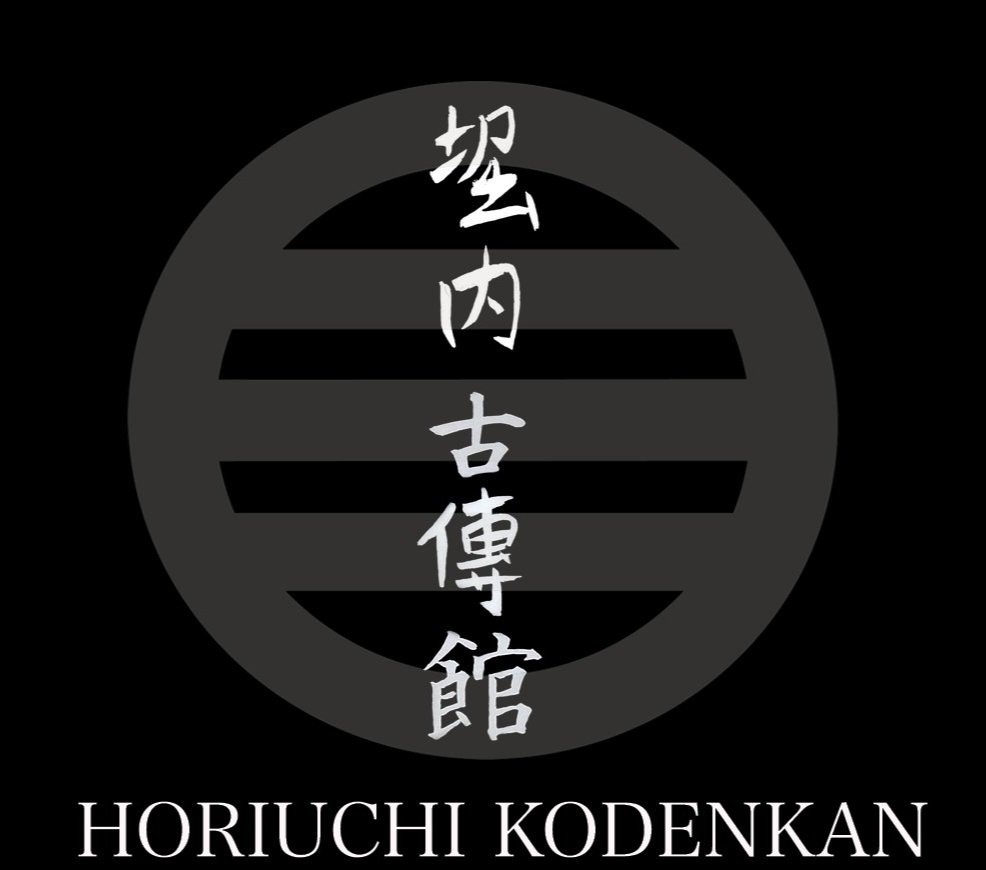Instruction Regarding the Practice of Judo
This section is commonly referred to
as the "Esoteric Principles"
The fundamental principle acquired through the practice of JuJitsu was elevated to a finer moral conception called "Judo", the way of gentleness. It may well be said then that the pnmary object of practicing Judo is perfection of character. And in order to perfect one's character, one must be grateful for the abundant blessings of heaven, earth and nature, as well as for the great love of parents. One must realize one's enormous debt to teachers and be ever mindful of one's indebtedness to the general public. As a member of a family, one's first duty is to be filial to parents, to be helpful, affectionate to brothers and sisters. As a member of a nation, one must be grateful for the protection which one derives as a citizen. One must guard against self-interest and foster the spirit of social services. One must be discreet in action, yet hold courage in high regard and strive to cultivate the powers of manhood. One must be gentle, modest, polite and resourceful, never eccentric, but striving always to practice moderation. One must realize that these constitute the secret of the practice of Judo.
Anyone who practices JuJitsu should neither be afraid of the strong or despise the weak. Nor should he act contrary to the strength of his enemy because of the art he has acquired. For example, when a boat is set afloat on the water, one man's strength is sufficient to move the boat back and forth. If, on the other hand, the boat is placed on dry land, the same man's strength is scarcely sufficient to move it. It is necessary therefore, that the weak should learn this fact with regard to the strong.
"THE BOUGH THAT BEAR MOST BEND LOWEST"
One should never forget the virtue of modesty as one attains proficiency in the art of judo. Make no relative importance between literary and military art. Within constant motion and change there is tranquillity, and within tranquillity there is motion and change. Remember always parental love and one's enormous indebtedness to teachers. Be grateful for the protection of Heaven and Earth. Be a good leader of younger men. To lead younger men well, would in the long run, mean to attain proficiency in the skill of judo.
Like a drawing in India ink of the whispering of the wind in the pines, the secrets of JuJitsu can only be suggested. It is only through personal experience that one can comprehend the mystic ecstasy of such secrets. It is said of Jujitsu that it would require ten years of practice in order to win victory over one's self and twenty years to win victory over others. A noted verse reads:
"FOR A LOTUS FLOWER TO FALL IS TO RISE TO THE SURFACE"
It is only by entering into the realm of open mindedness that one is able to acquire or master the secret art of selflessness and altruism. These are the secrets of Kodenkan into which I have the honor to initiate you.
Henry S, Okazaki
Judo Master and Owner of Kodenkan
Honolulu, Hawaii
May 5, 1939
Where it began
OFFICIAL TRANSLATION OF JUJITSU BLACK BELT SCROLL.
(What follows, is a translation of a portion of a black belt scroll presented to Theodore E. Muran by Master Henry S. Okazaki on May 5, 1939, commonly known today as Danzan Ryu Judo Moku Roku, or the Catalogue of Hawaiian Style Judo. There have been many translations of various scrolls to date, of which, this is just one!)
CERTIFICATE OF THE DANZAN SCHOOL OF JUDO
History, Origin and Development of Ju-Jitsu
It has been said that the origin of Japanese wrestling dates back 1,960 years ago, when a certain Nomino Sukune grappled with and killed Taimano Kehaya in the seventh month of the seventh year of the eleventh Emperor Suinin. In view of the recorded statement, "THE TWO MEN STOOD UP FACE TO FACE AND KICKED EACH OTHER; SUKUNE KICKED KEHAY IN THE RIBS AND STOMPED ON AND CRUSHED HIS WAIST AND KILLED HIM." This incident may be regarded as the origin of JuJitsu.
Then during the first year of Temmon, in the reign of emperor Gonara, at the end of the period of Civil War (400 years ago), the Takenouchi School of JuJitsu was systematized. Again, during the Keicho era (340 years ago), a Chinese came to Japan and taught an art of boxing. About forty years later, another Chinese visited Japan and introduced the art of seizing one's opponent. In the course of time, some of the forms and techniques were eliminated, while others were harmonized with the art of the old JuJitsu. Through the process of elimination and harmonization, a new art known as "Yawara" was created and was extensively popularized. This is the origin of present day judo.
During the Edo period, various schools of Judo were brought into existence, of which the following were the leading ones: Tokeuchi, Teihozen, Araki, Muse, Miura, Fukuno, Isogai, Seigo, Kajiwara, Sekiguchi, Shibukawa, Kite, Yoshin, Kyushin, Kanshin, Yoshioka, Iga, Sosuishitsu, Iwaga and Namba Shoshin.


